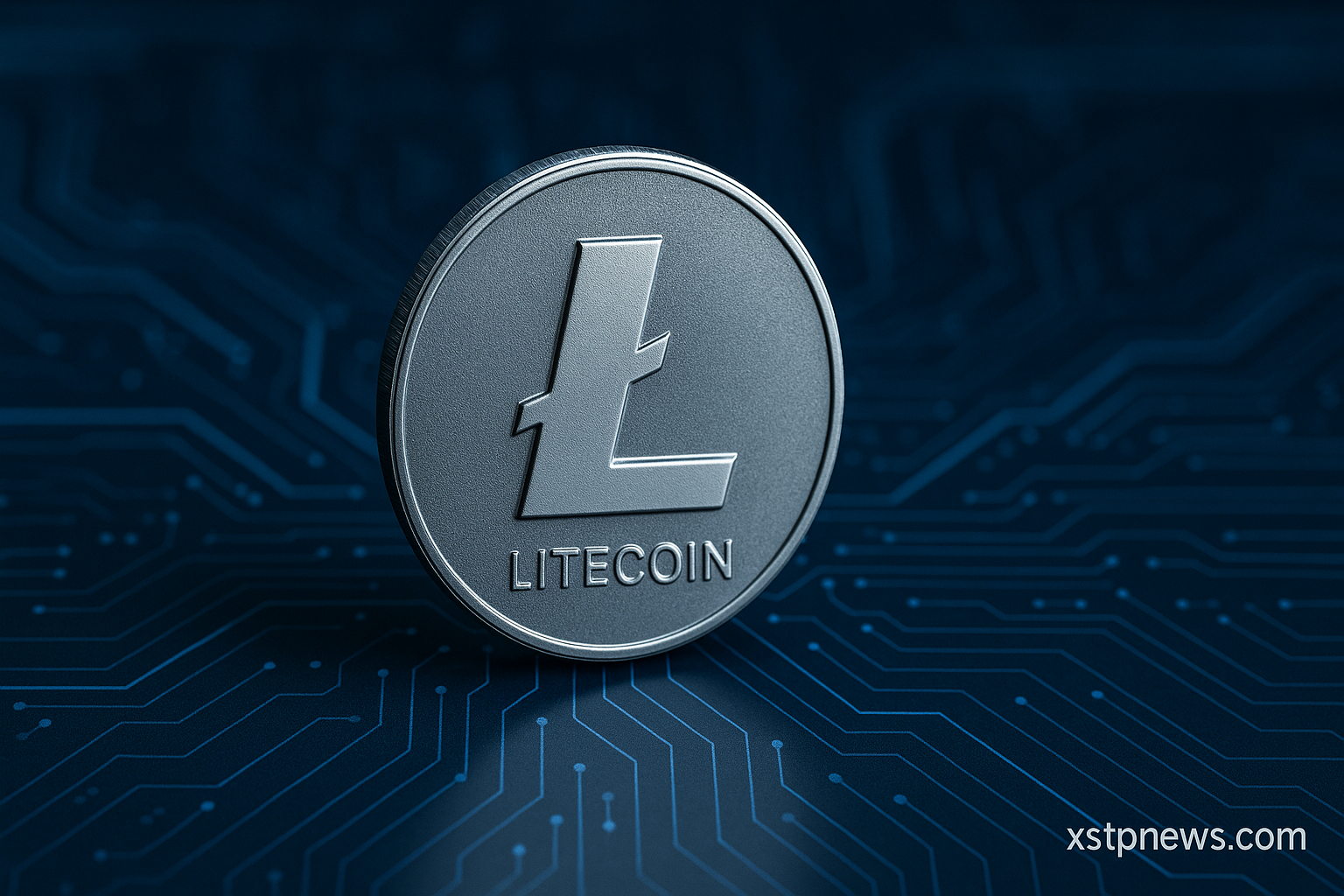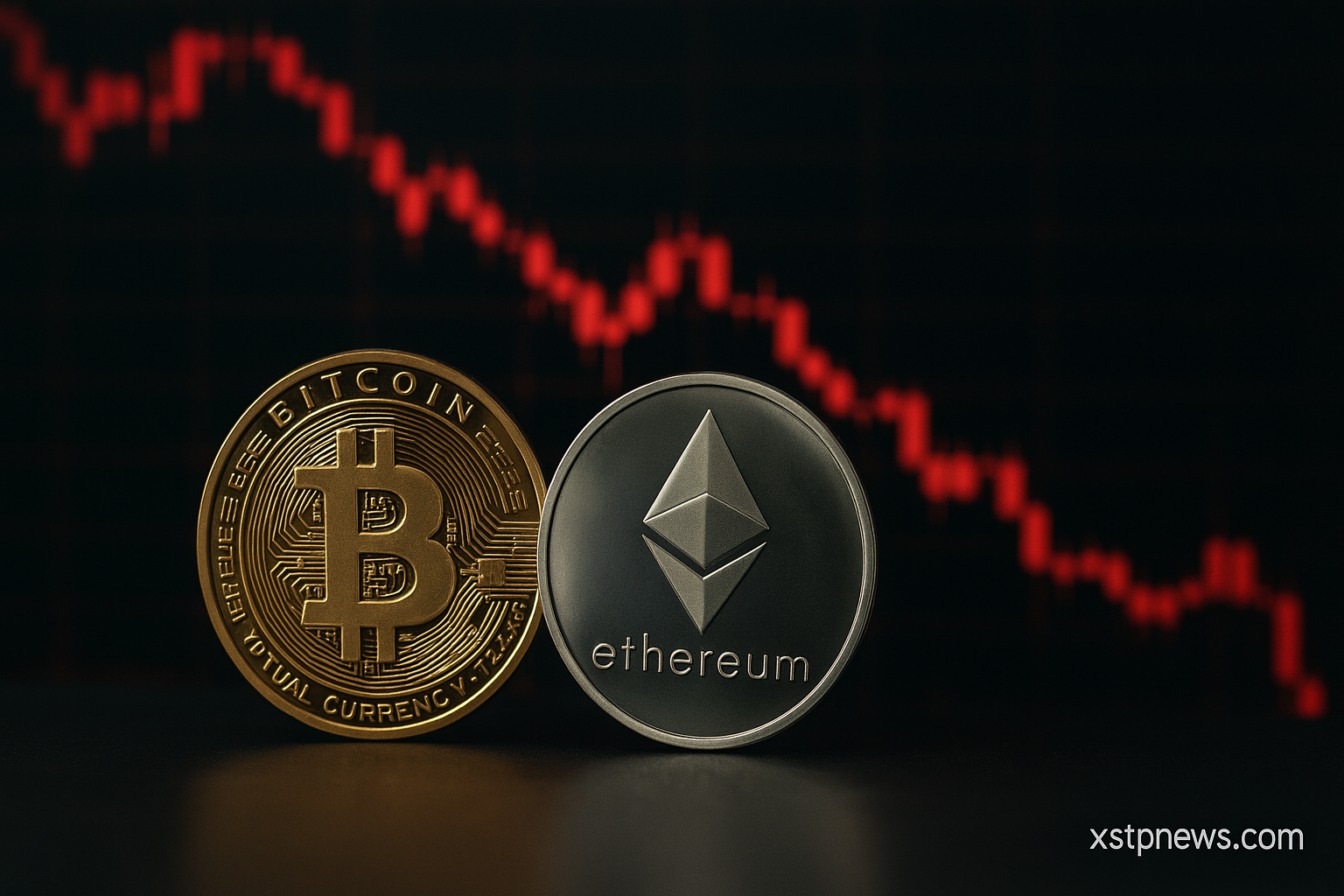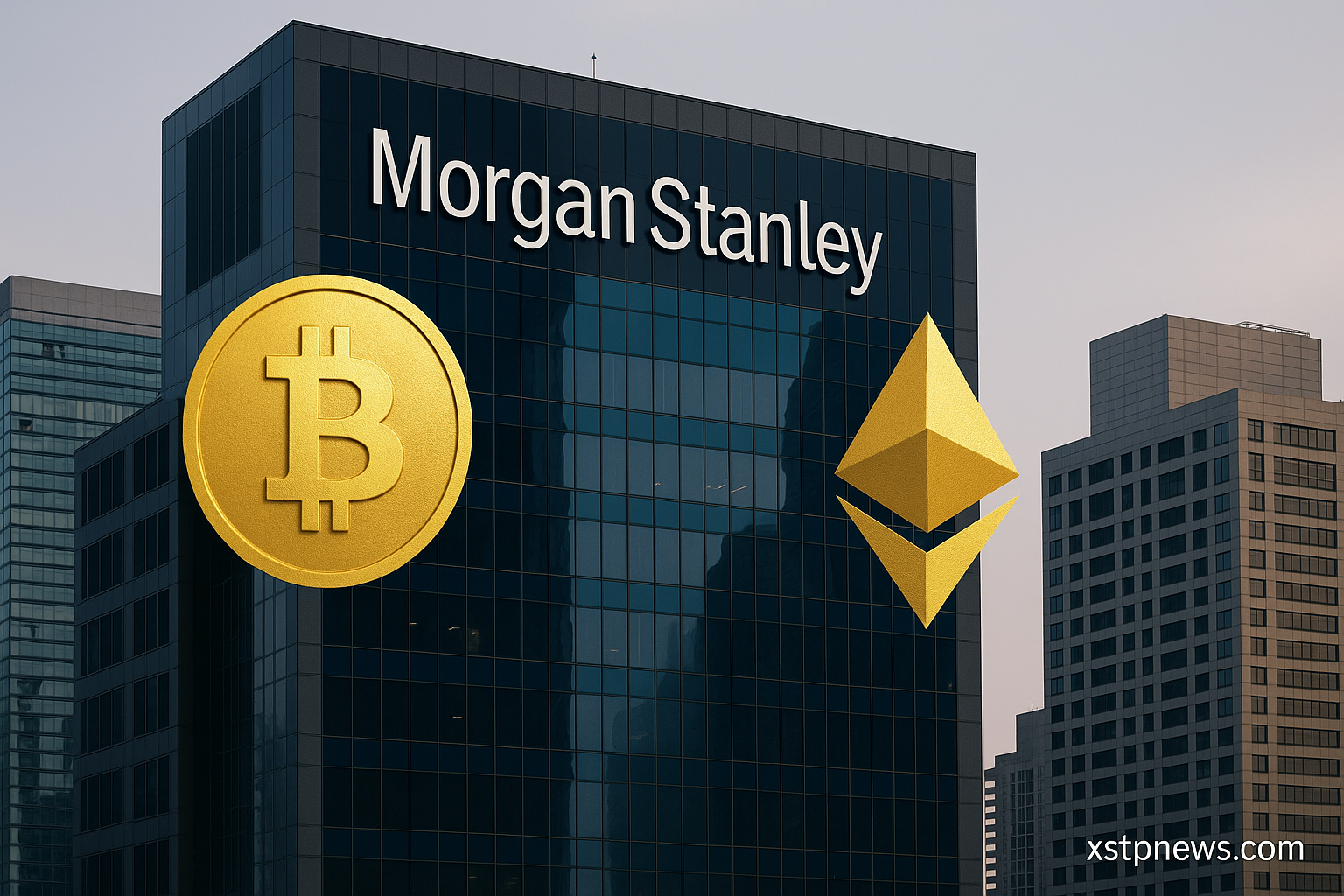Litecoin (LTC), known as digital silver compared to Bitcoin’s role as digital gold, continues to secure its position among the top cryptocurrencies. Created in 2011 by Charlie Lee, Litecoin has stood the test of time as one of the oldest and most widely used digital assets.
Speed and low fees
Litecoin processes transactions faster than Bitcoin, with a block time of just 2.5 minutes. Its low fees make it attractive for everyday payments and cross-border transfers, supporting the narrative of Litecoin as a payment-focused cryptocurrency.
Network upgrades
Recent updates, such as the implementation of MimbleWimble Extension Blocks (MWEB), improved privacy and scalability. This upgrade positioned Litecoin as a more versatile blockchain while keeping its reputation as a secure and decentralized network.
Institutional and retail adoption
Litecoin remains widely supported by exchanges, wallets, and payment processors. It is often included in institutional products, and merchants continue to adopt LTC as a low-cost alternative to Bitcoin for transactions.
Digital silver in the crypto economy
While volatility remains, Litecoin’s long history and continued upgrades secure its relevance in the digital asset space. For many investors, it represents a hedge against Bitcoin’s dominance, offering both speed and stability.
Source: CoinMarketCap, Litecoin Foundation, Nasdaq, Investopedia







